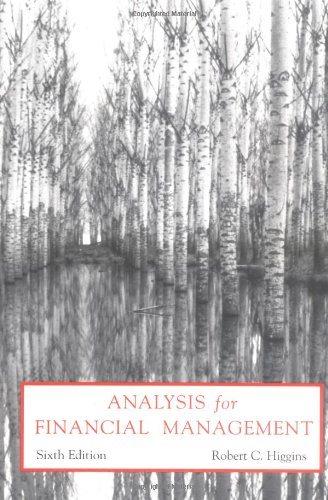
Question 1 (10 points): Explain why the capital expenditure build-up in the unconventional oil and gas sector was heavily financed by debt. Question 2 (10 points): A firm issues a single level coupon bond with a face value of $1,000 and a coupon rate of 15%. Coupon payments are made annually. The firm's EBITDA is $750 per year. Calculate the interest coverage ratio for this firm. Question 3: A power plant that produces emissions of sulfur dioxide (SO2). Annual emissions are 1,000 tons per year in perpetuity and it currently faces an emissions tax of $20 per ton of S02. The power plant can install a scrubber with a capital cost of $50,000. If it uses the scrubber, it incurs a one-time cost of $250,000 and the plant will not emit any SO2 for the remainder of its operational life. The plant faces a discount rate of 10%. There is no marginal cost to using the scrubber. We can thus view the scrubber as an option to control SO2 emissions in the future. (A, 10 points): Should the power plant install the scrubber and commit to using it? (B, 20 points): There is a 50% probability that the emissions price will increase to $35 per ton next year. Calculate the value of the option to control SO2 pollution. Should the power plant install the scrubber? Question 1 (10 points): Explain why the capital expenditure build-up in the unconventional oil and gas sector was heavily financed by debt. Question 2 (10 points): A firm issues a single level coupon bond with a face value of $1,000 and a coupon rate of 15%. Coupon payments are made annually. The firm's EBITDA is $750 per year. Calculate the interest coverage ratio for this firm. Question 3: A power plant that produces emissions of sulfur dioxide (SO2). Annual emissions are 1,000 tons per year in perpetuity and it currently faces an emissions tax of $20 per ton of S02. The power plant can install a scrubber with a capital cost of $50,000. If it uses the scrubber, it incurs a one-time cost of $250,000 and the plant will not emit any SO2 for the remainder of its operational life. The plant faces a discount rate of 10%. There is no marginal cost to using the scrubber. We can thus view the scrubber as an option to control SO2 emissions in the future. (A, 10 points): Should the power plant install the scrubber and commit to using it? (B, 20 points): There is a 50% probability that the emissions price will increase to $35 per ton next year. Calculate the value of the option to control SO2 pollution. Should the power plant install the scrubber







